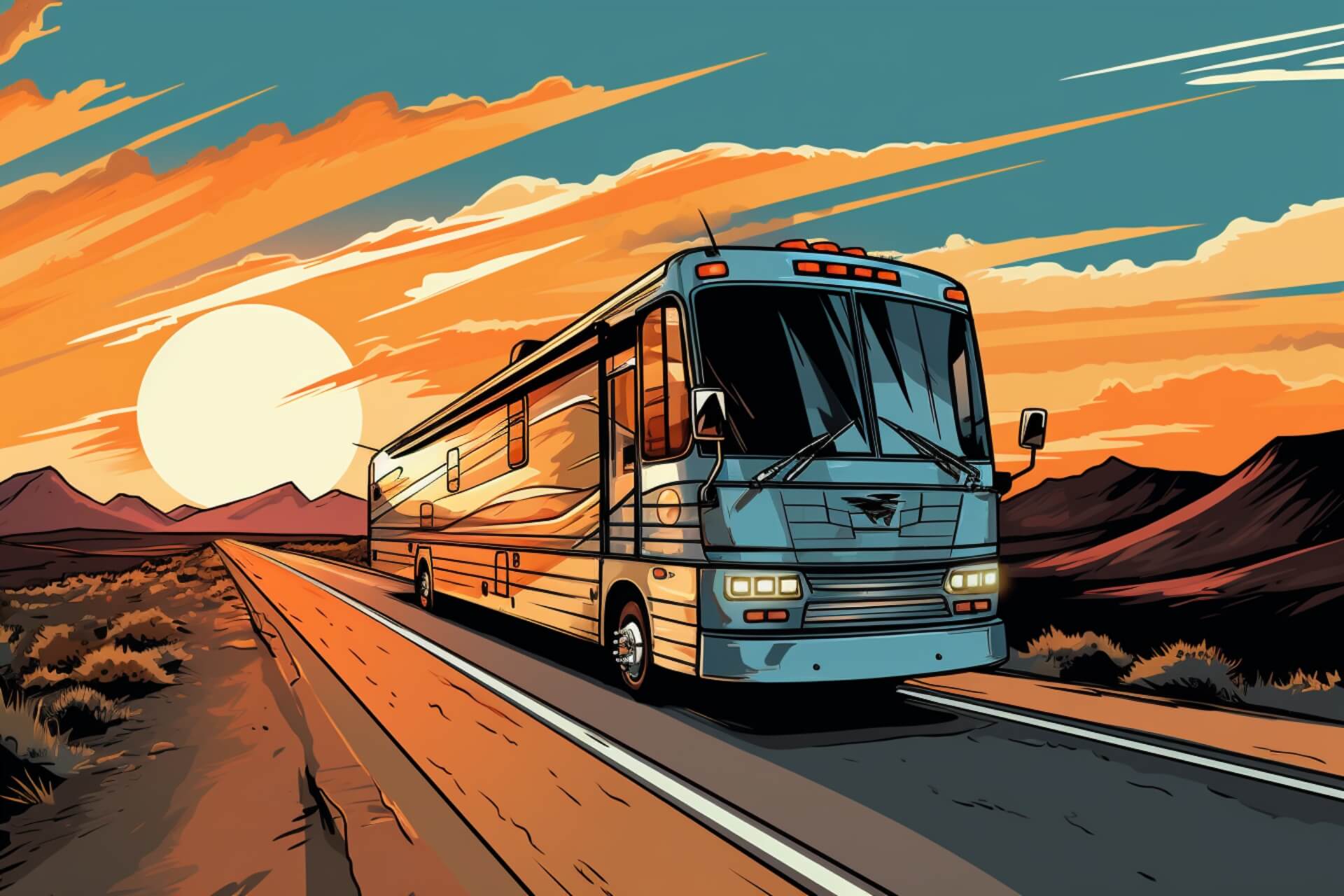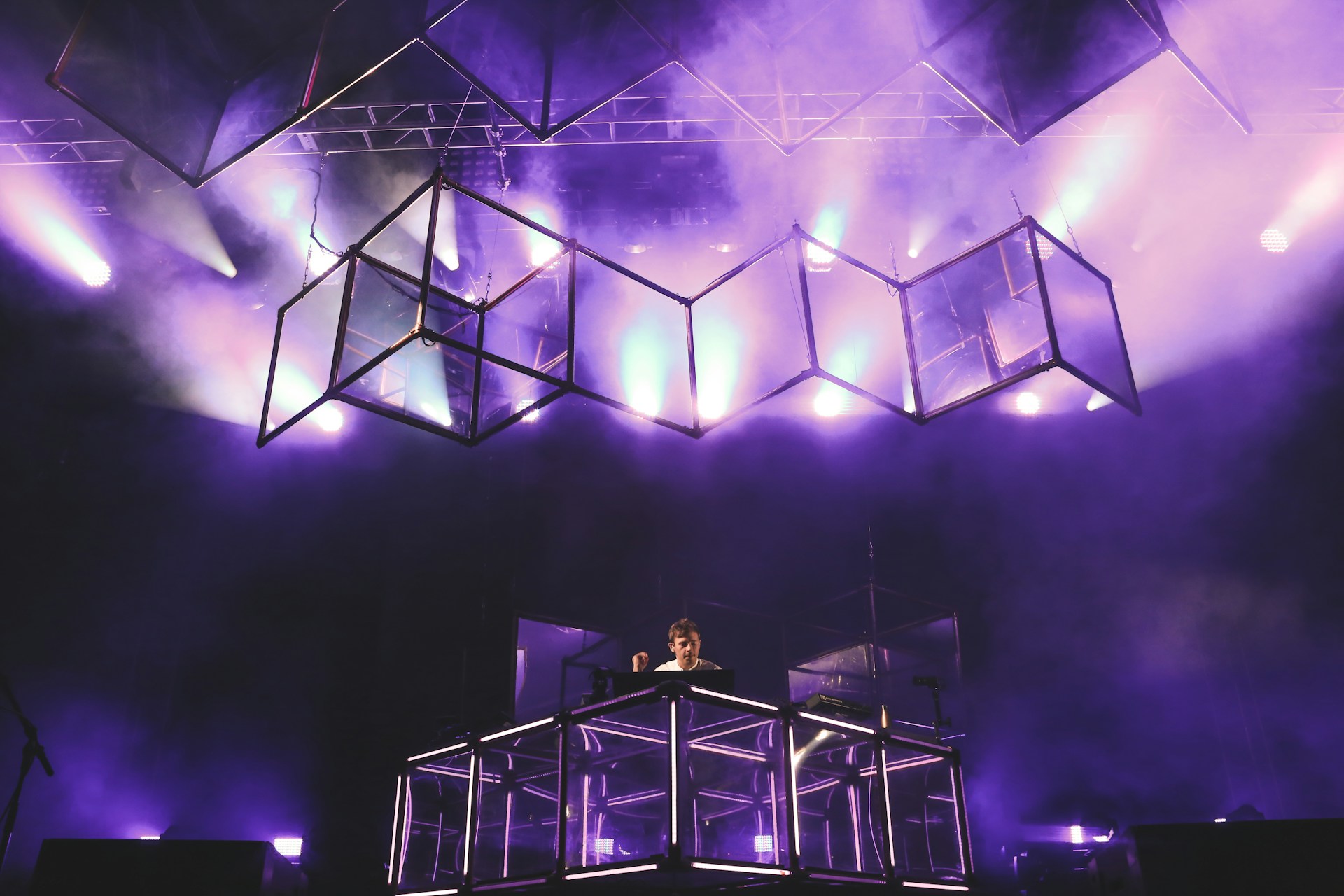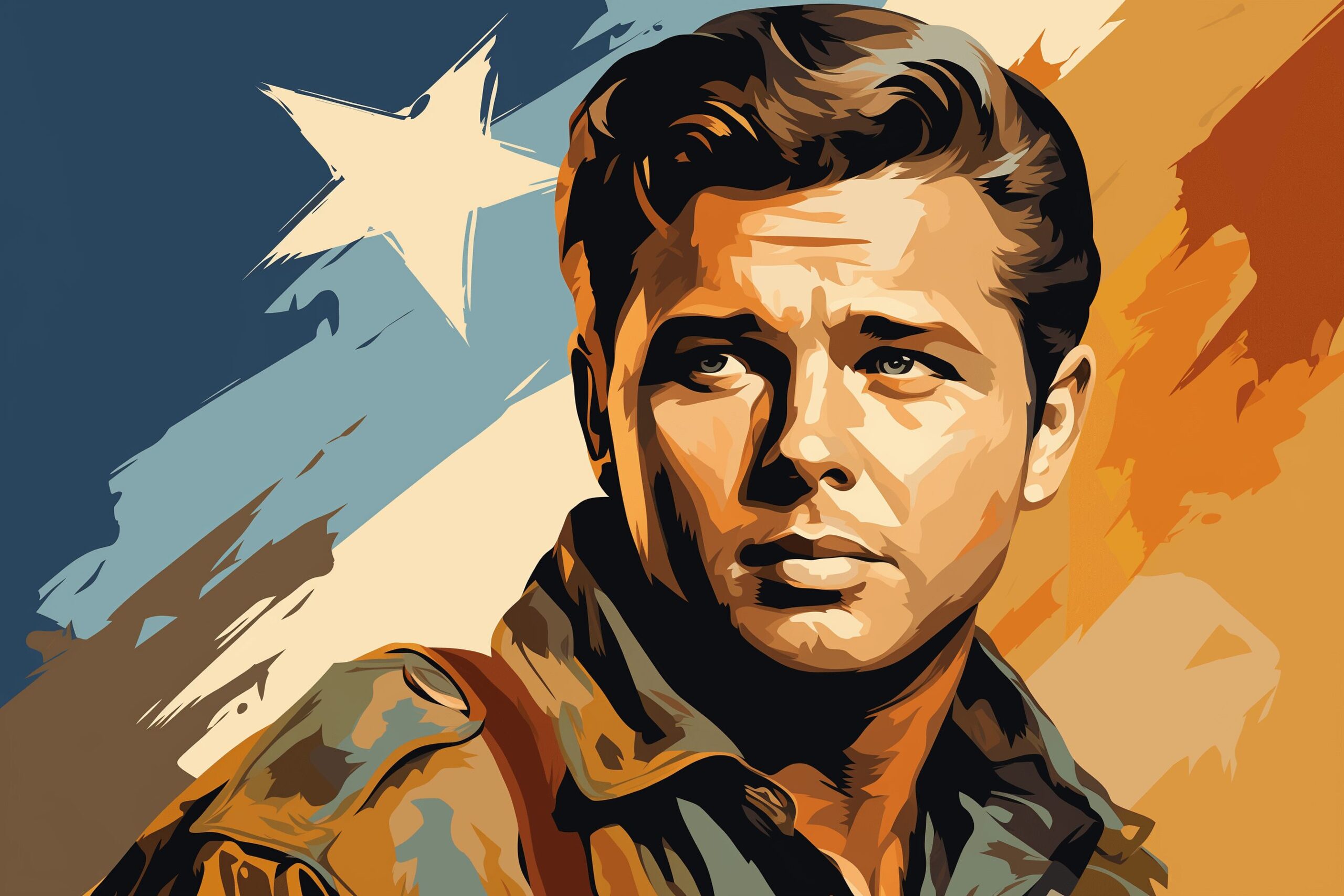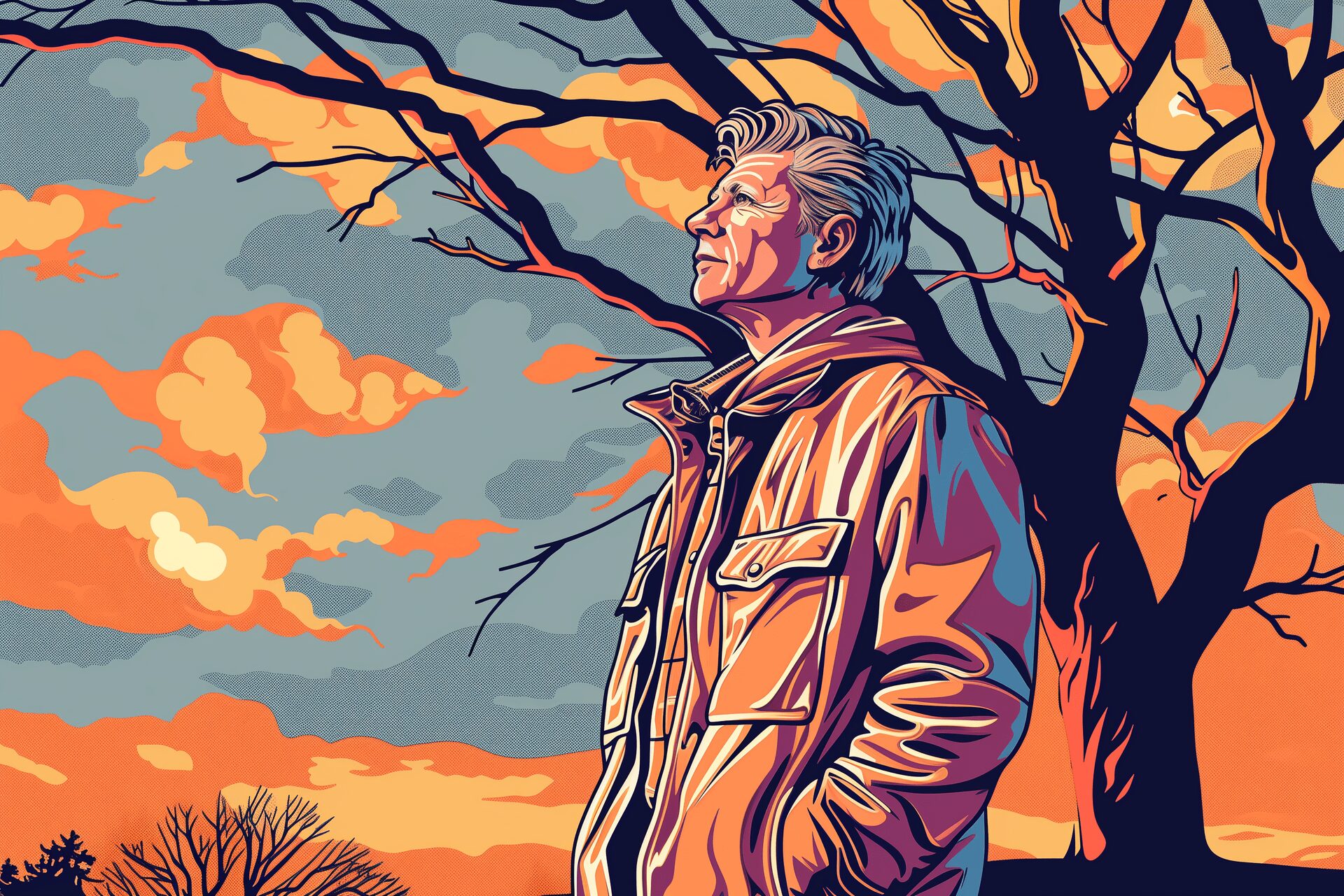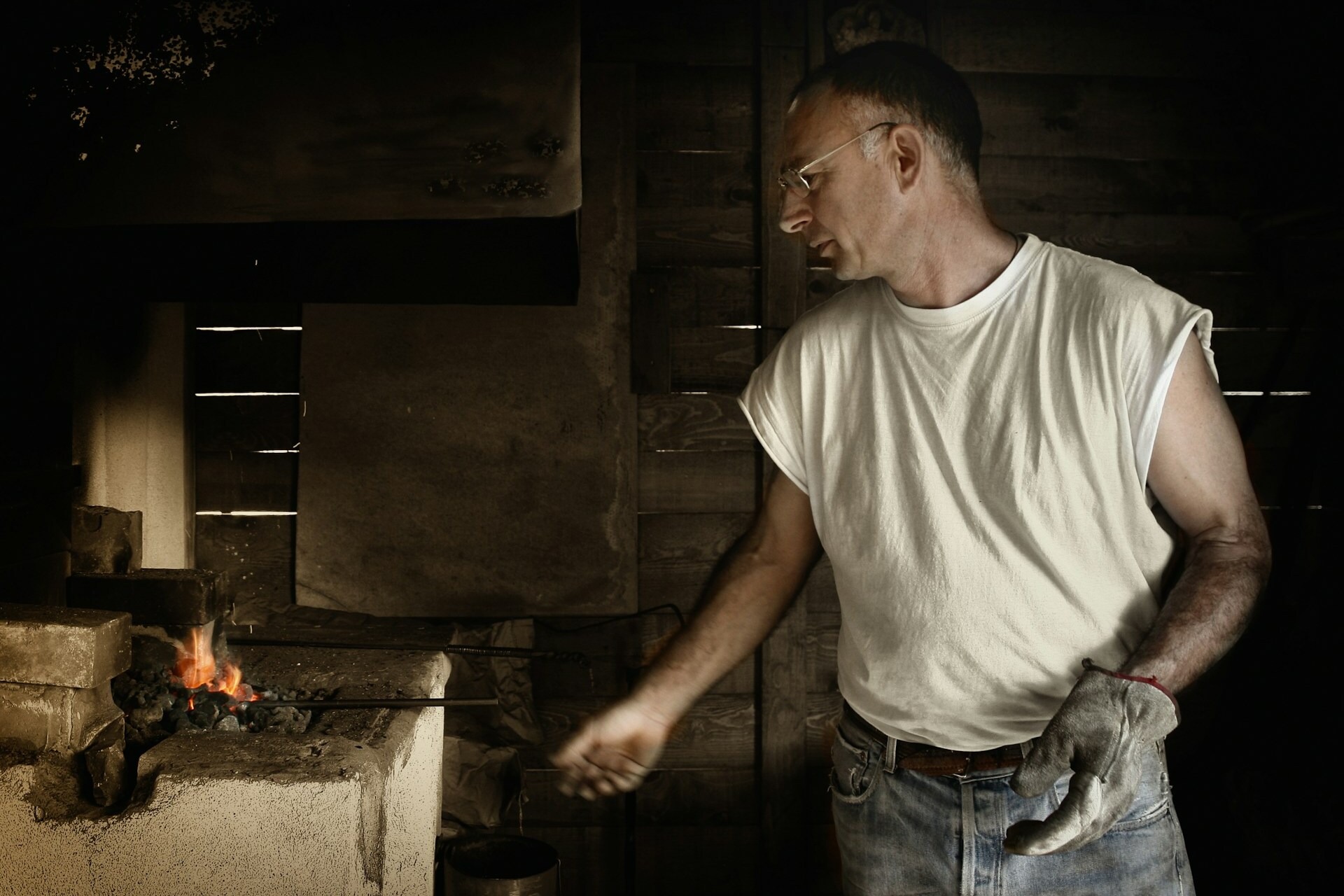Bourbon vs. Whiskey: What’s the Difference?
Jan 25, 2022
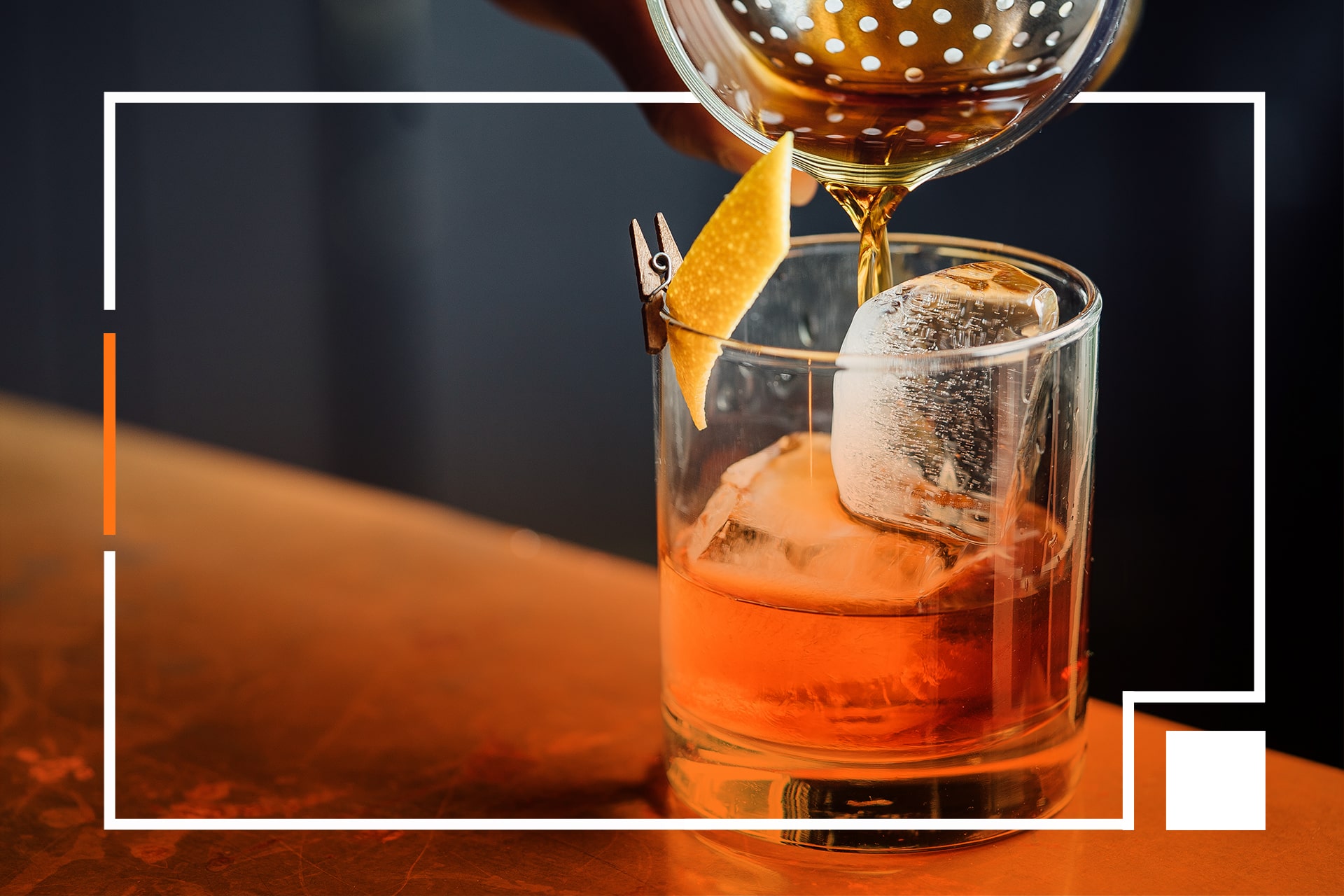
As an Amazon Associate, Modded gets commissions for purchases made through links in this post.
Bourbon vs. whiskey isn’t the heated debate you might think it is. Though they look similar, the drinks are not the same. So what’s the difference?
The short answer: bourbon is a subcategory of whiskey known for its strict production process.
The long answer: many distinct qualities separate bourbon from other types of whiskey. These qualities stem from the historical process of producing bourbon and government regulations that have developed over the years. As we go through each difference, keep in mind that these are federal laws, not helpful suggestions.
1. Bourbon is exclusively made in the United States.
All bourbon is distilled, aged, and bottled within the borders of the United States, particularly eastern Kentucky and the region surrounding it. This area was the birthplace of American whiskey in the late 1700s. The settlers named the area Bourbon after the French royal family, and they eventually gave the name to their unique whiskey, which relied heavily on the region’s dominant crop: corn.
As time went on, the name “bourbon” became synonymous with all corn-based whiskeys, but the brewing process remains exclusively American, as required by law.
2. Bourbon is made from a minimum of 51% corn.
All whiskey is made from a mishmash of fermented grains, but bourbon’s primary ingredient is yellow corn. Corn gives bourbon its trademark sweet flavor that other whiskeys can’t match. Anything under the 51% mark is no longer considered bourbon and falls under a different category.
3. Bourbon is distilled at no higher than 160 proof.
During the first stage of production, Bourbon cannot reach any higher than 160 proof (or 80% ABV). There’s a cap on the alcohol levels to ensure that maximum flavor remains from the other ingredients. This benchmark ensures that every barrel of bourbon maintains as much sweet corn flavor as possible.
4. Bourbon is aged in new charred oak barrels for at least two years.
By the time it’s finished distilling, the bourbon must be no more than 125 proof. Then it’s stored in new barrels made of charred oak, which gives the beverage other sweet notes, like vanilla and caramel. It remains in the barrel for at least two years so the flavors can mature and the liquid has a smooth texture.
5. Bourbon is at least 80 proof when bottled.
When the aging is complete, the bourbon goes through one last filtration process to level out the alcohol contents to at least 80 proof (40% ABV). The high ABV and strong flavors are enough to make any drink stand out, but the final touch that truly sets bourbon apart from other whiskeys is its simplicity.
6. Bourbon is completely additive-free.
Some whiskeys have artificial flavors added on after the distilling and aging process, but Bourbon’s sweetness is more than strong enough on its own. If the distiller adds any artificial flavors throughout production, it’s no longer considered bourbon. Everything has to be authentic. You can still use bourbon to make mixed drinks, though.
Add Bourbon to Your Shopping List
So what’s the difference between bourbon vs. whiskey? Just about everything. If you’re unfamiliar with the different kinds of whiskey and looking to broaden your horizons, bourbon should be at the top of your list. The alcohol won’t overwhelm you, the flavors will surprise you and you just might discover a new favorite drink.
